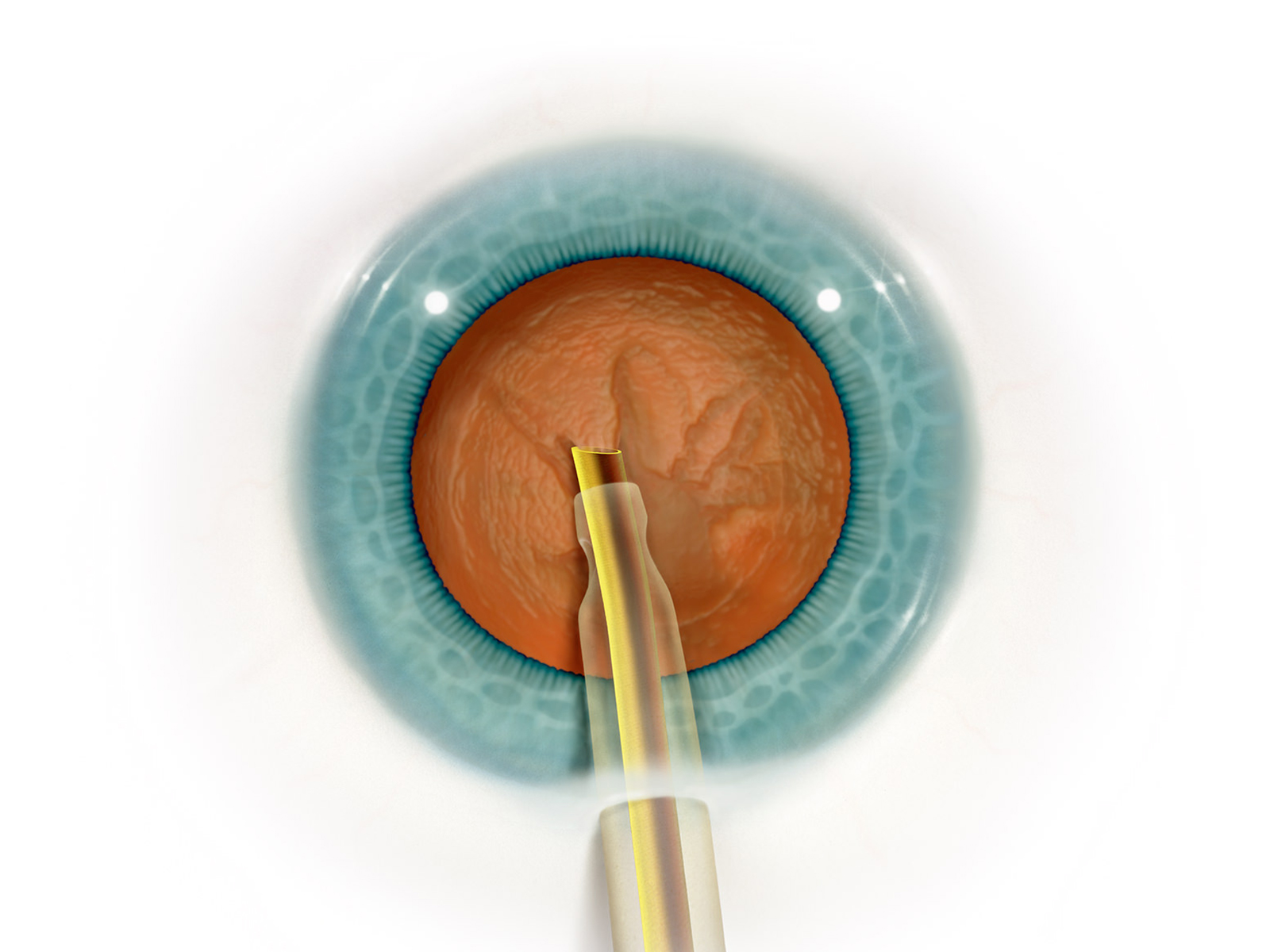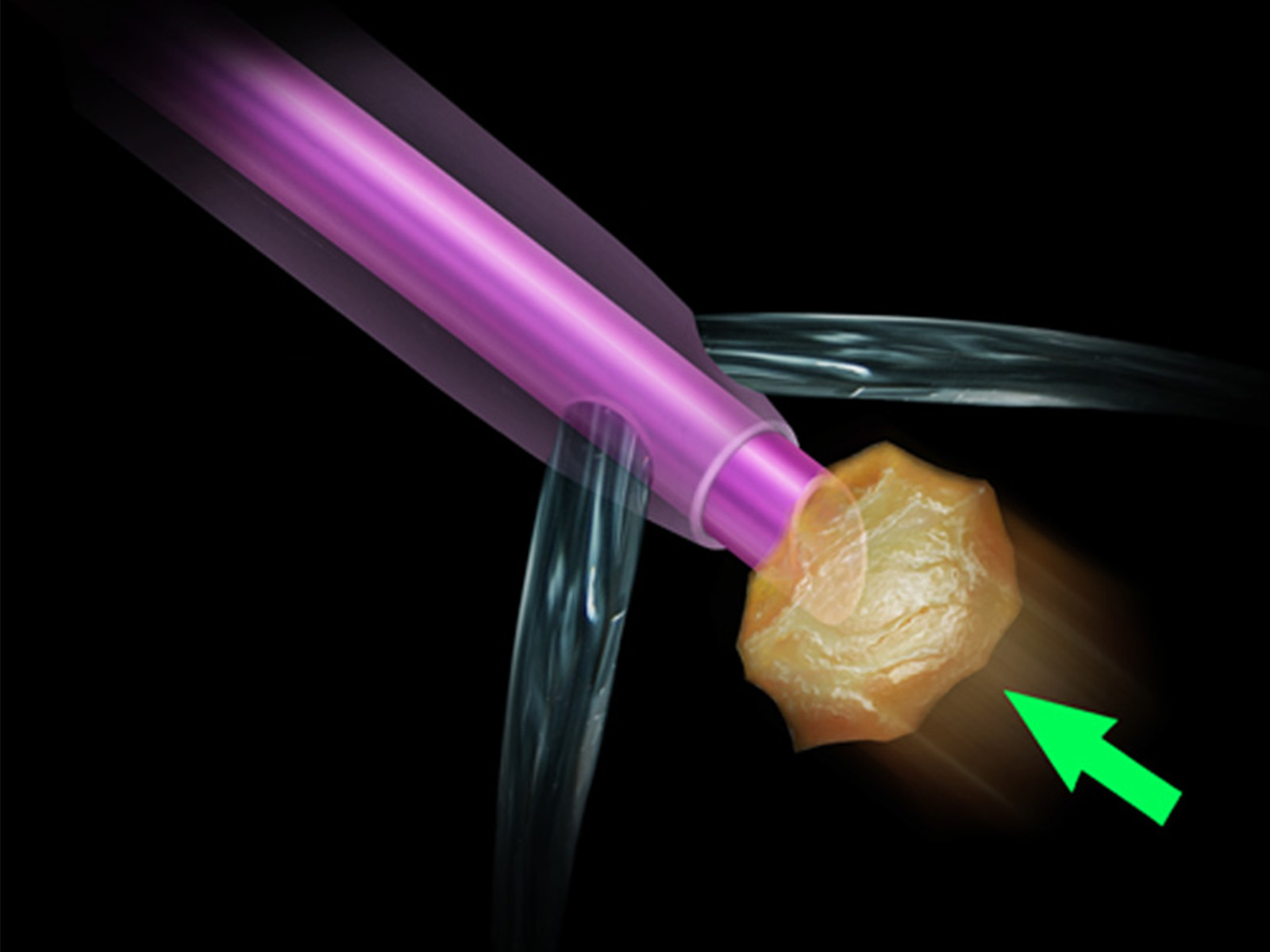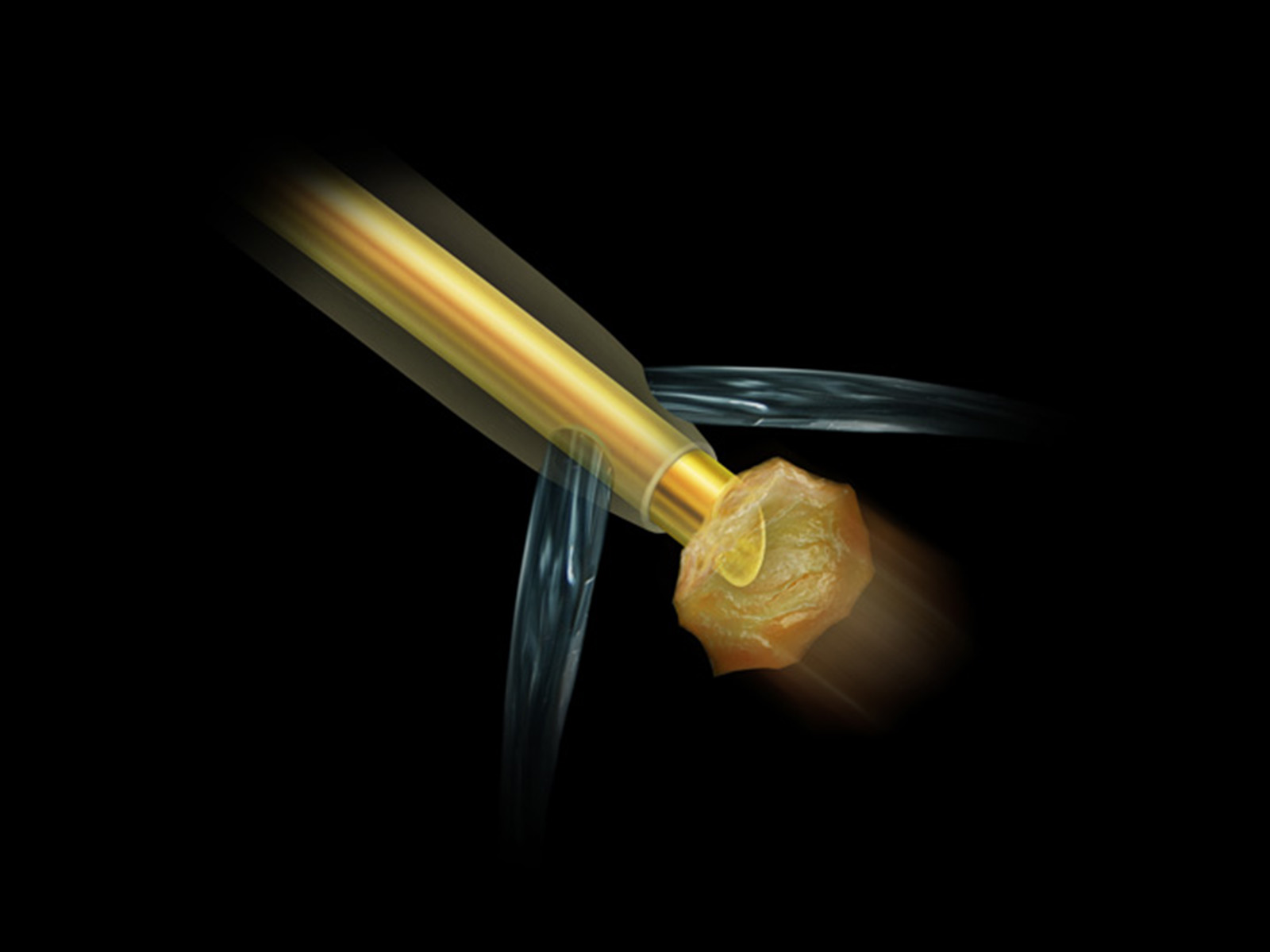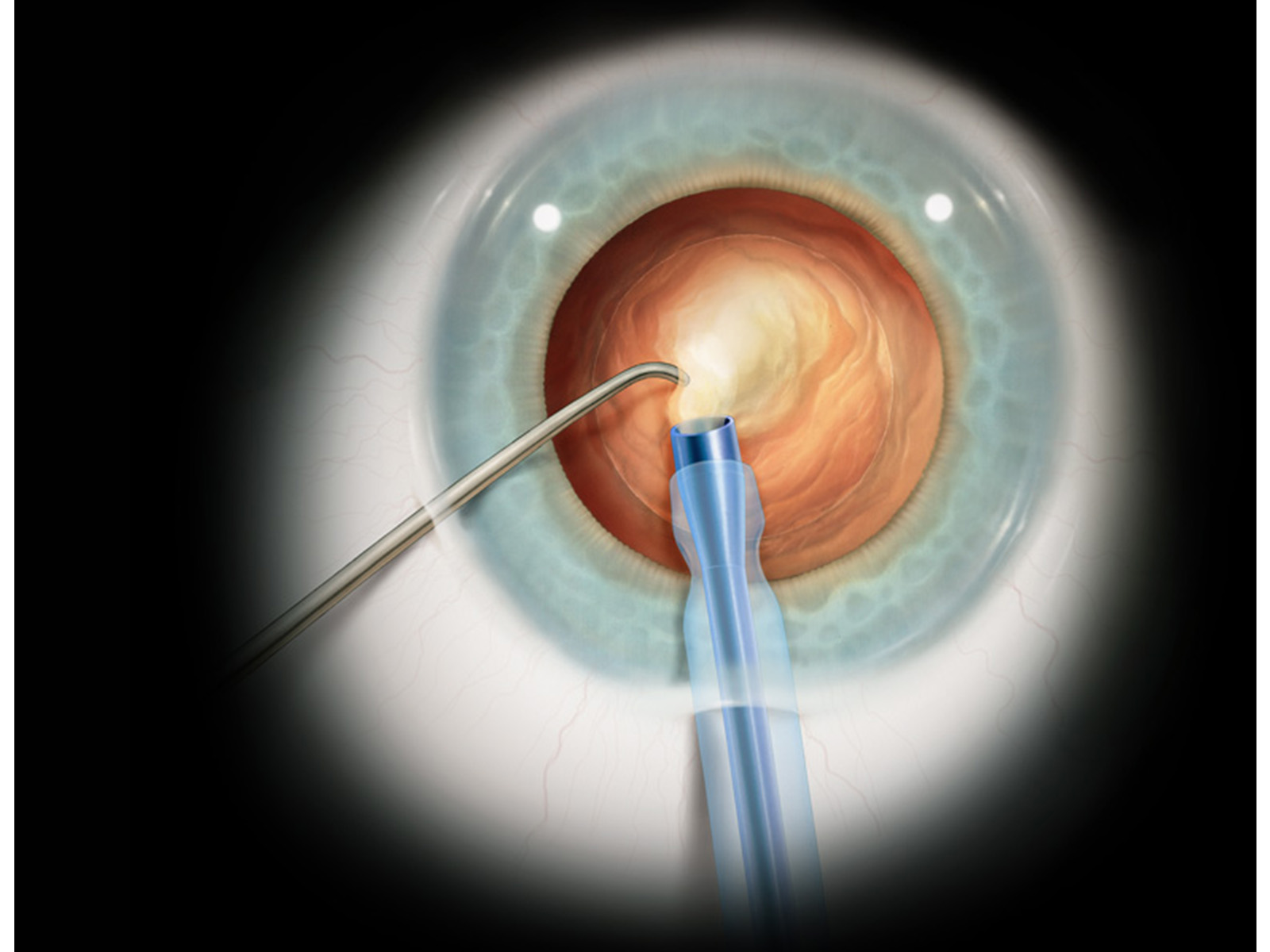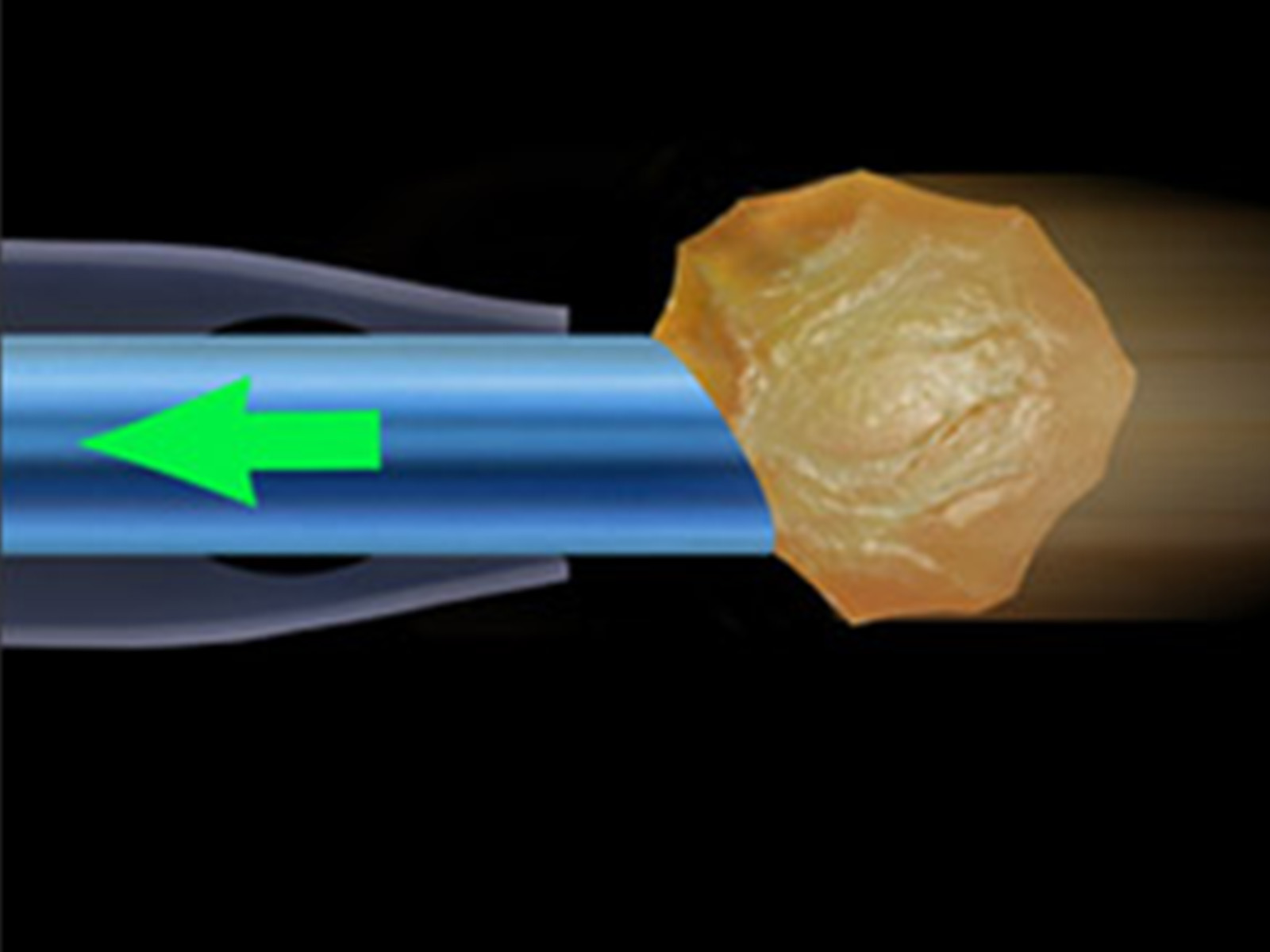- Product Listings
- Compare Products
- Calculators
- Product Tours
- Expert Reviews
- Our Experts
- Company Directory
- About Beye
- Contact Us
Ⓒ 2025 Beye.com. All rights reserved.
This content is intended for health care professionals and providers only. The information contained on Beye.com, including text, graphics, images, and interactive activities, is for informational purposes only, and is not intended to be a substitute for professional medical advice. Beye LLC, via its Editors and Publisher, accepts no responsibility for any injury or damage to persons or property occasioned through the implementation of any ideas or use of any product described herein. Although great care is taken to ensure that all information is accurate, it is recommended that readers seek independent verification of advice on drugs and other product usage, surgical techniques and clinical processes prior to their use. References made in article may indicate usage of medical equipment or drugs at dosages, for periods of time, and in combination not included in the current prescribing information. Inclusion of advertising materials on the website thereof, does not constitute and representation or guarantee by Beye LLC of the quality of such products, or of the claims made.
Compare Phaco Tips
8 Products
reset all
At-a-Glance
Description
FDA
CE Mark
Richard Packard, M.D. created this phaco tip family as he desired a coaxial phaco tip that was efficient in small incisions. This tip is efficient given its small size, and it also works well in incisions from 1.8mm to 2.8mm as MST provides different sleeves for different incision widths. The tip is designed for Alcon, AMO, and B+L machines.
—
—
The MST 0.9 A1 Phaco Tips, designed for Alcon phaco systems, are available in both straight and 20 degree bend versions. They do not incorporate the ABS leak, as a way to help improve vacuum holding.
—
—
The MST 0.9 A1 Mini Phaco tips are designed for Alcon Phaco systems and are available in either of two silicone sleeve versions - red, which is designed for 2.2-2.5mm incisions, or Purple, which is designed for 2.6-2.85mm incisions.
—
—
The MST 0.9mm A1 phaco tips are designed with a slightly larger distal inner (and outer) diameter than the standard MST 0.9mm phaco tips to increase holding power.
—
—
The MST 0.9mm Phaco Tips are designed for AMO and Bausch + Lomb machines, and available in both sharp edged and Dewey Radius styles.
—
—
The MST 1.1mm Mini phaco tips are designed for AMO and Bausch + Lomb Machines, and available in both sharp edged and Dewey Radius styles.
—
—
The MST 1.1 Phaco Tips are designed for AMO and Bausch + Lomb Machines, and available in both sharp edged and Dewey Radius style.
—
—
- 100 % Photofragmentation
- 100 % no ultrasound
- Single use handpieces
- Coaxial with two different sleeves allows small incisions of 2.2 or 2.6 mm
- Coaxial fluid management works the same way as conventional ultrasound phaco
- The laser avoids mechanical side effects caused by the oscillating phaco tip
The Cetus Nano-Laser System includes a base that houses the laser with a touch-screen to adjust the laser settings. The laser pulse generated by the base is transmitted to the single-use hand-piece through an optical fiber. The pulse strikes a titanium plate located near the tip resulting in photo-emulsification of the cataract material that is located directly in front of the opening. The surgeon controls the firing rate via the foot-pedal of any phacoemulification system which also provides the irrigation and aspiration.
No
Yes
